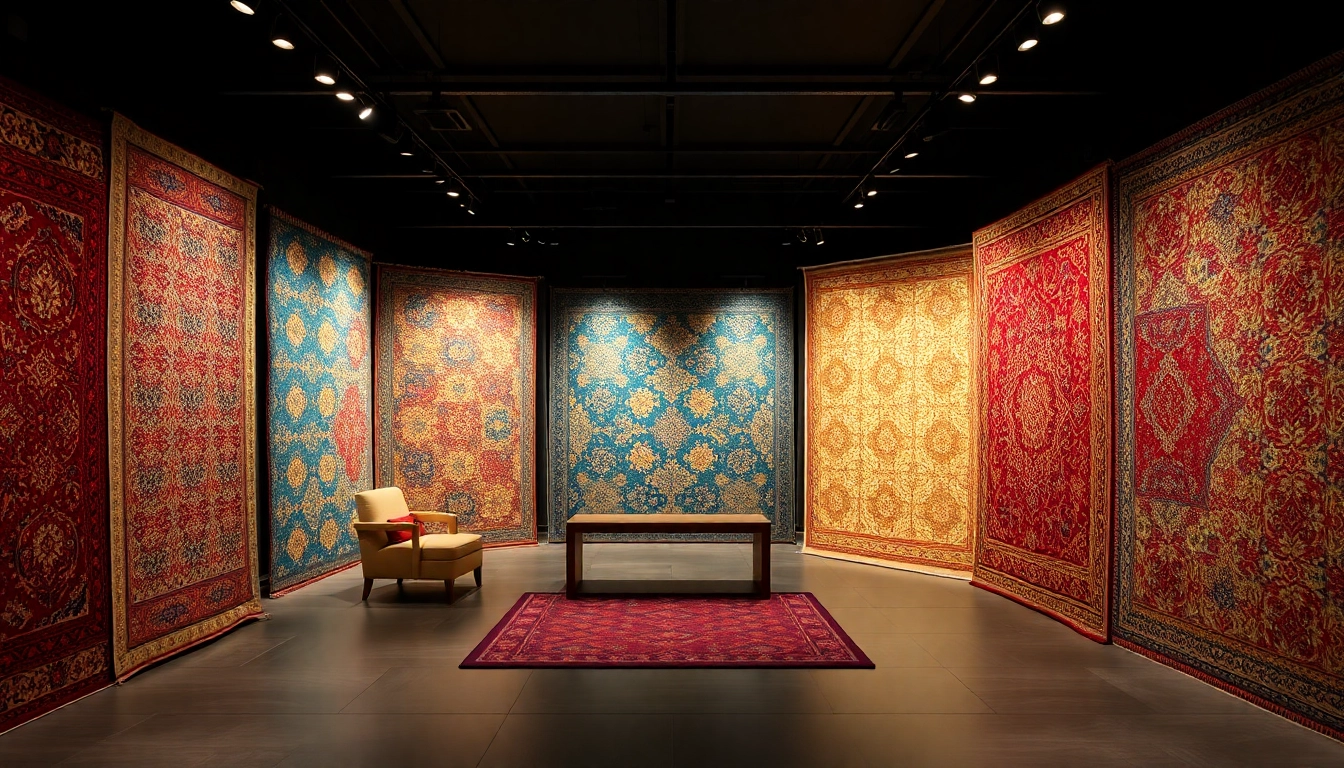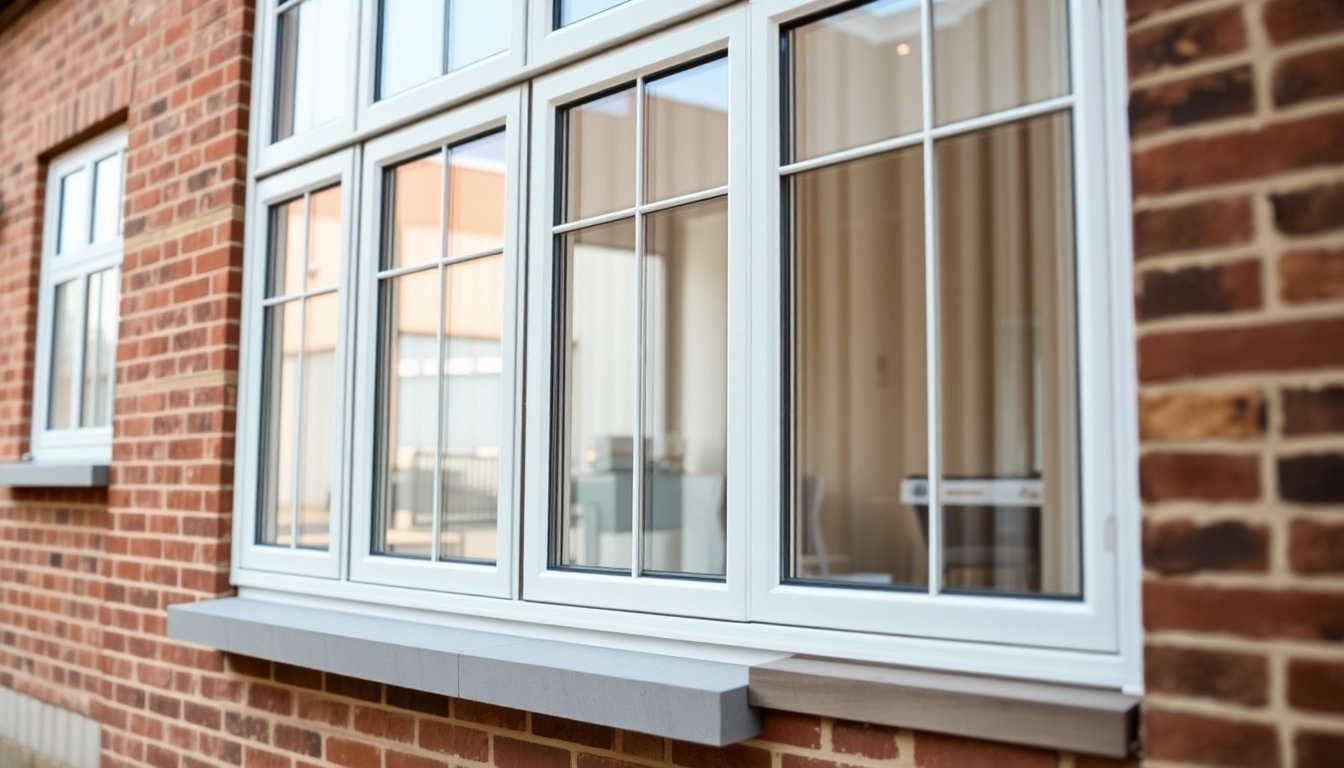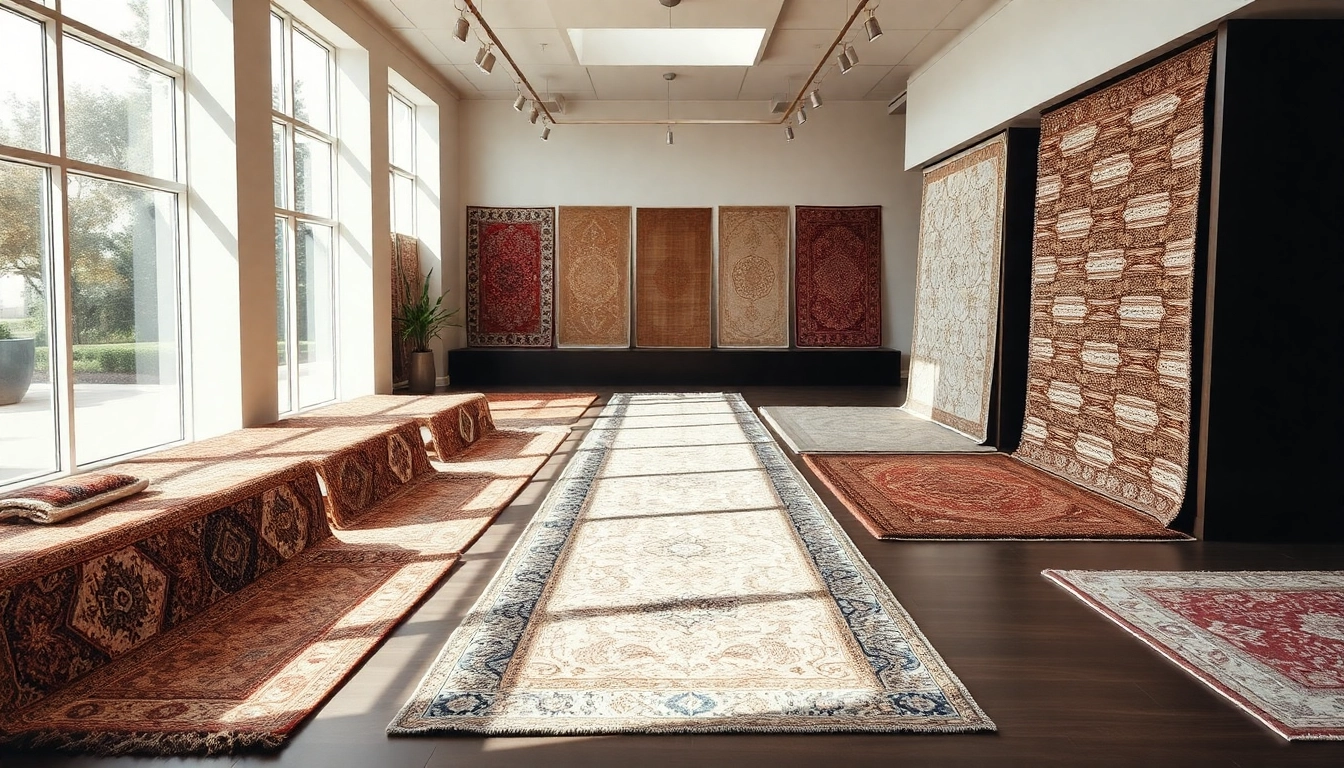Introduction to Tappeti a Milano: Style and Craftsmanship
Milan, renowned worldwide for its fashion, design, and luxury, is also a city deeply rooted in tradition when it comes to craftsmanship—especially in the art of rug-making. The city’s rich heritage combines centuries-old techniques with contemporary trends, making Tappeti a Milano an essential element in creating sophisticated, elegant interiors. From intricate Persian rugs to modern geometric designs, Milan offers a diverse palette of options to elevate any space. Exploring the history and tradition of Milanese rug craftsmanship reveals a story of artistry, patience, and cultural exchange that continues to thrive today.
The city’s strategic position at the crossroads of Europe has historically made it a melting pot for various cultures, influencing the styles and techniques of local and imported rugs. This fusion has resulted in a captivating array of textures, patterns, and materials, all crafted with a meticulous attention to detail characteristic of Milanese artisans. Today, choosing a rug in Milan isn’t merely about decoration—it’s about owning a piece of art that echoes centuries of craftsmanship and cultural significance.
How to Choose the Perfect Tappeto a Milano for Your Space
Factors to consider: size, color, and pattern
Selecting the right Tappeto a Milano involves careful consideration of several factors. Firstly, size is paramount; an appropriately scaled rug anchors your furniture and defines your space. Measure your room accurately, accounting for furniture placement and walkways, to ensure the rug complements rather than overwhelms the area.
Color plays a crucial role in setting the mood and harmony of your interior. Milanese homes often feature neutral palettes, but vibrant rugs can introduce energy and contrast. Consider the existing color scheme—neutral walls and furniture pair well with bold, patterned rugs, while subtle, monochrome décor might favor more muted and understated designs.
Pattern selection—ranging from traditional Persian motifs to modern geometrics—should reflect the overall interior style. Classic patterns suit vintage or antique-inspired interiors, while abstract or minimalist designs align with contemporary aesthetics. Maintaining a balance between the rug’s pattern and other decorative elements ensures a cohesive look.
Matching Tappeti a Milano with interior styles
Milano’s interiors span a wide spectrum—from ornate classical spaces to sleek modern lofts. The right rug can unify these styles seamlessly:
- Traditional Interiors: Opt for Persian or Oriental rugs with rich motifs and warm tones to convey elegance.
- Modern Decor: Choose rugs with geometric patterns, monochrome color schemes, or abstract designs for a clean, contemporary appearance.
- Eclectic Spaces: Mix and match different styles and eras, using vibrant Kilims or vintage carpets to add personality and character.
Shopping tips from Milan’s top rug specialists
To acquire quality Tappeti a Milano, consult experienced specialists familiar with local craftsmanship and global imports. Prioritize authenticity and craftsmanship—look for handmade rugs with clear provenance. Milan’s top stores often provide detailed information on materials, weaving techniques, and history. Always inspect the rug for signs of quality, such as dense knots and well-finished edges.
Where to Find Authentic Tappeti a Milano in the City
Leading showrooms and boutique stores in Milan
Milan hosts several renowned showrooms where discerning buyers can explore authentic, handcrafted Tappeti a Milano. For example, ZAL Tappeti Milano offers a curated collection of oriental, Persian, modern, and vintage rugs, all selected for their craftsmanship and uniqueness. Other notable establishments include Artorient Milano and Cohen Tappeti, each providing a wide range of options from traditional to contemporary styles.
Online marketplaces and local artisans
For convenience and variety, online platforms like Outlettappeti and specialized artisan websites serve a broad clientele. Local artisans and small workshops in Milan often produce bespoke, custom-made pieces, allowing homeowners to commission unique designs tailored to their space and taste.
Guidance on selecting reputable suppliers
Ensuring authenticity requires scrutiny. Verify providers’ authenticity by checking credentials, reviews, and provenance sources. Reputable vendors offer detailed documentation, clear photographs, and certificates of craftsmanship. Visiting stores in person allows tactile inspection, while consulting local experts can help identify high-quality weaving and materials.
Maintaining and Restoring Your Tappeto a Milano
Cleaning and care tips to preserve quality
Proper maintenance extends the lifespan of your rug and preserves its beauty. Regular vacuuming using a gentle setting prevents dirt buildup without damaging delicate fibers. Avoid direct sunlight to prevent fading and rotate the rug periodically for even wear. Spillages should be promptly blotted with a clean, dry cloth, and harsh chemical cleaners must be avoided to maintain the integrity of natural dyes and materials.
Professional restoration services in Milan
Over time, even the finest rugs may require restoration. Milan hosts expert technicians specializing in cleaning, repairing, and restoring antique and modern rugs..Services include knot repair, edge reinforcements, color restoration, and deep cleaning—restoring a rug’s original luster. Engaging professionals for restoration preserves the rug’s cultural value and ensures it remains a centerpiece for generations.
Extending the lifespan of your artisanal rugs
Beyond regular cleaning and professional care, employing protective pads, controlling humidity, and avoiding high-traffic areas help extend the life of your Tappeti a Milano. Proper storage during off-season periods, wrapped in breathable materials, prevents deterioration and pest infestations.
Enhancing Your Space with Tappeti a Milano: Design Inspiration
Creative placement ideas for living rooms and bedrooms
Strategically placing a rug transforms a room. In living rooms, positioning the rug under the coffee table or centered in the seating area creates warmth and anchors furniture arrangements. For bedrooms, placing the rug at the foot of the bed or on either side adds comfort and visual interest.
Complementing furniture and decor with traditional and modern rugs
Mix traditional patterns with modern furniture for an eclectic look, balancing ornate rugs with minimalist pieces. Conversely, pairing sleek, contemporary furniture with a vintage Persian rug adds a layer of depth and contrast, highlighting the artistry of the rug while maintaining modern elegance.
Success stories: Milanese homes transformed by authentic Tappeti a Milano
Examples abound of Milanese homes where carefully selected rugs have become statement pieces, elevating interiors from ordinary to extraordinary. Case studies include a loft with an expansive Kilim that infuses color and character, and a classical apartment where an antique Tabriz serves as the focal point, tying together the entire décor in harmony.



